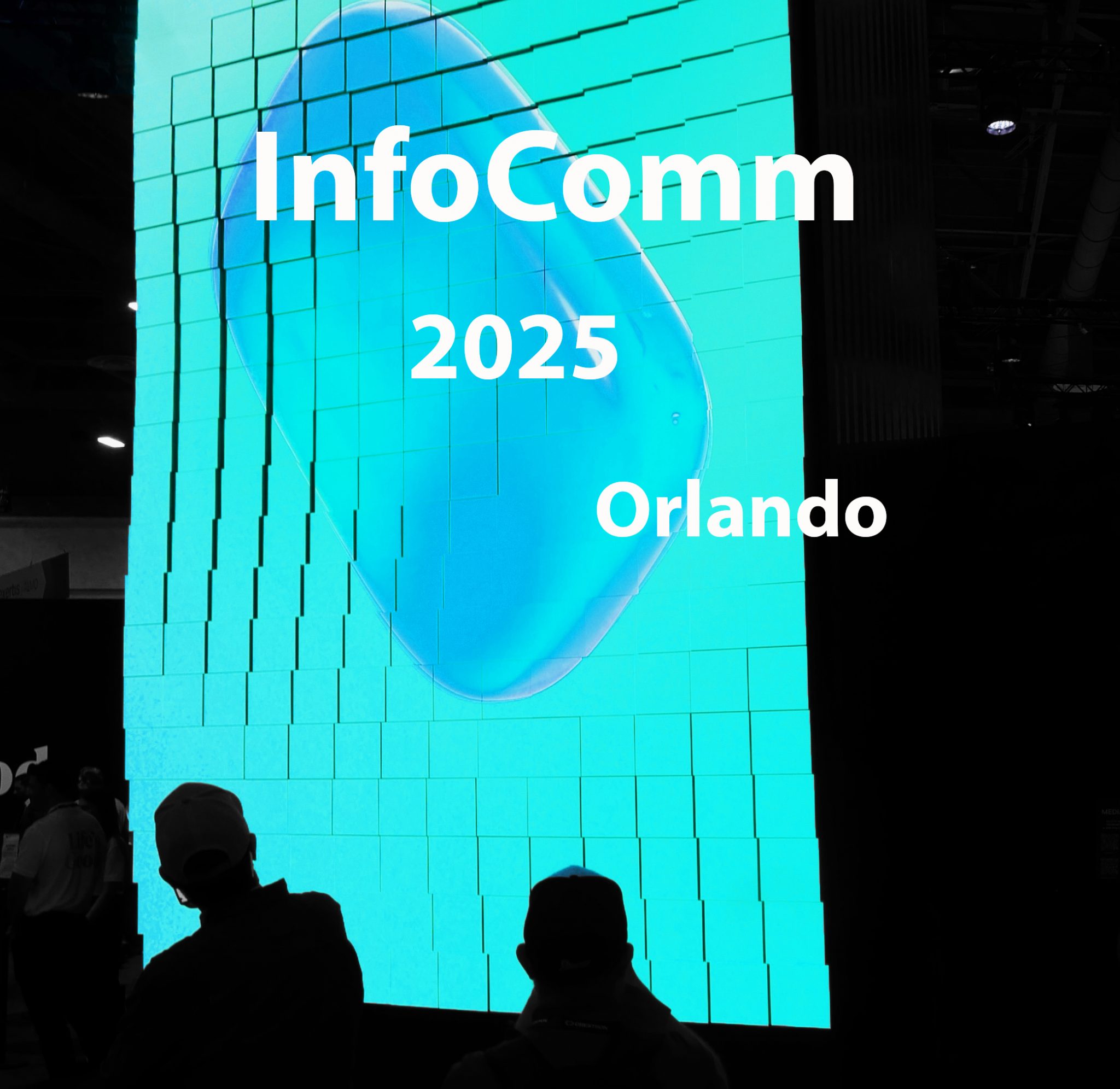
[Editor’s note: Michael Karagosian will be the featured speaker at the Digital Cinema Summit at the ISE show in Amsterdam. The first Digital Cinema Summit, presented by Integrated Systems Europe in conjunction with Digital Cinema Report, will be held February 6, 2019 at the Okura Hotel in Amsterdam.]
Moving Cinema Forward to HDR
by Michael Karagosian
The cinema industry has been getting attention lately with the emergence of cinema-grade direct view LED displays. This is a niche industry with a lot of moving parts that are not obvious to newcomers. At least one company has been caught in unique cinema market dynamics, and there could be more.
Digital picture is a relatively new phenomenon in cinema, with the transition to digital dating back to 2005. The rationale for moving away from film print distribution was the cost of film itself, about US$1500 per film print. While the economics of the transition were in favor of distributors, it required exhibitors to absorb a large capex burden in new equipment. Eventually this led to an equipment subsidy endowed by distributors.
Direct view LED displays will play a role in cinema’s next technology transformation, this time driven by higher dynamic range (HDR) imagery. HDR appears to mean different things to people, so here’s how I define it: HDR refers to images having a large color volume within a given color space. There are always two color spaces at play when viewing a display. There is the color space of the distribution, determined by the encoding primaries of the distribution container. And there is the available color gamut of the display. They rarely are the same. To achieve consistency in color quality, cinema alone defines a minimum color gamut for the display (known as DCI-P3). In addition, it defines a much larger color space for the distribution container. By doing so, cinema avoids the problem commonly found in consumer displays, where specifications such as “80% of Rec 2020 color” are stated, leading colorists to wonder which 20% of the colors in their images will be clipped.
Preserving creative intent is important in cinema, so color is handled much more precisely than in home entertainment. One of the technical challenges of moving to a larger color volume in cinema is this issue of precision. To accommodate, the industry is moving in the direction of defining a minimum color volume for cinema HDR display. A little more on that later.
The technology of choice for cinema HDR is clearly direct view LED. Only LED can provide the wide dynamic range from deep blacks to high peak whites in a commercial auditorium full of patrons. Projectors have been developed that can deliver the high peak whites required of cinema HDR, but are hampered by the projection screen. Projection screens have positive gain, which means the volume of light that reaches the screen bounces back to the audience within a focused pattern, giving the bounce a higher intensity. While this gain is good for projectors, the screen also amplifies ambient light in the auditorium, which is why projected images look washed out when ambient light is present. In fact, even with the lights out, there is plenty of image light bounced off the audience and back onto the screen, making it impossible to achieve deep blacks.
Direct LED displays, however, do not reflect light from a projector, and can be designed with negative gain. This means the display attenuates reflected light before it bounces back to the audience, with the result that the display can produce blacks that are blacker than the surrounding (and reflective) walls of the auditorium. This feature not only enhances the experience of cinema HDR, it can also add value to cinema business models that benefit from ambient lighting, such as in-auditorium food and beverage service. When a color appearance model is added to the signal processing, the dynamic range of the display can be utilized in a way that compensates for ambient light in the room, leading to a brighter image that retains the correct appearance of colors. One can expect that there will one day be cinemas where some degree of ambient lighting is present throughout the show, without a negative impact on the picture.
Tempering this bright vision of the future are the economics of cinema. The exhibition industry is not accustomed to refreshing projection equipment. Film projectors could last 30 years with annual repairs averaging $500. To entice them to buy digital projectors, most exhibitors in the US were subsidized up to 80% of their costs. Not only are the subsidies no longer available, for reasons I’ll explain later, the projectors now in service are getting old and expensive to maintain. There’s a funding problem ahead.
If exhibitors were to simply replace like with like, it would require over $2B in capex in just the US. If attempting to upgrade all screens to cinema HDR, the figure could be a magnitude higher. But that scenario is unlikely to occur, at least in this refresh cycle. More likely, cinemas will convert premium large format (PLF) screens to HDR, because they suport higher ticket prices. Low cost solutions will refresh the remaining screens. About 3% of US screens are PLF, or about 1200 PLF screens. Just the cost to convert PLF screens to direct view LED, including the cost of building improvements, could be $1B or more.
The funding problem requires someone to blink first. Hollywood studios have no desire to create a new equipment subsidy program. It’s simply not practical, as this time around, there are no savings in distribution to charge a subsidy against. Exhibitors, on the other hand, take every opportunity to pass the cost of equipment upgrades back to studios. If not by means of a subsidy, then by means of renegotiating the box office split. Needless to say, studios aren’t eager to give anything up. The result of the standoff is that there are no cinema HDR distributions. Exhibitors will need to blink by demanding it, and they have no reason to demand it without evidence that cinema HDR generates more box office.
Inevitably, when it comes to new cinema technologies, it is the manufacturer who must blink first. The historical example to follow is that of Dolby Laboratories, who has rolled out more new formats to cinema than any other entity. To build momentum for a new format, Dolby foots the bill, either in production, or in exhibition, or in combination. Once proven successful and demand is generated, Dolby can shift out of the cost-covering business. One should also look at Dolby’s primary motive for being in the cinema: brand awareness. When presence in cinema can be charged to marketing, a lot of things are possible.
An example of how not to enable the smoothest rollout of a new cinema technology can be taken from what Samsung has experienced. Samsung did a spectacular job of developing the world’s first cinema-grade direct view LED display, capable of HDR. But the display has been on the market for nearly 3 years, with under 20 units sold. The lesson is that introducing new technology to the cinema market, regardless of how good it is, doesn’t guarantee success. Without content, there will be no screens. Without screens, there will be no content. Someone has to blink and provide the seed capital. The reason why Dolby maintains a strong presence in cinema with new technologies is that they understand this going in.
Along with the dynamic of who will pay for cinema HDR display is who will specify it. Even though Hollywood studios say they have no intent to pay for it, they are actively undertaking an effort to specify cinema HDR through a joint venture called Digital Cinema Initiatives (DCI). If specifying only the distribution format, it would make sense. But studios are also specifying the HDR emissive display, with expensive minimum requirements. Among the minimum feature set is 4K resolution, which in direct view LED displays costs four times that of 2K LED. This particular requirement seems pretentious when nearly all first release movies are distributed in 2K. Another requirement is 18-bit per color drivers on the backplane, when 16-bit drivers are more common and would deliver an excellent HDR color volume for cinema. Maybe Hollywood studios will wake up one day and realize where this leads. Or maybe not.
Michael Karagosian is a consultant building businesses in entertainment technology. His website is https://mkpe.com
Market Trends – Gensler Spotlight
Get Our Newsletter
Sign up at the right to get industry analysis, curated data, and information (you can actually use) from the digiDaybook Newsletter.



